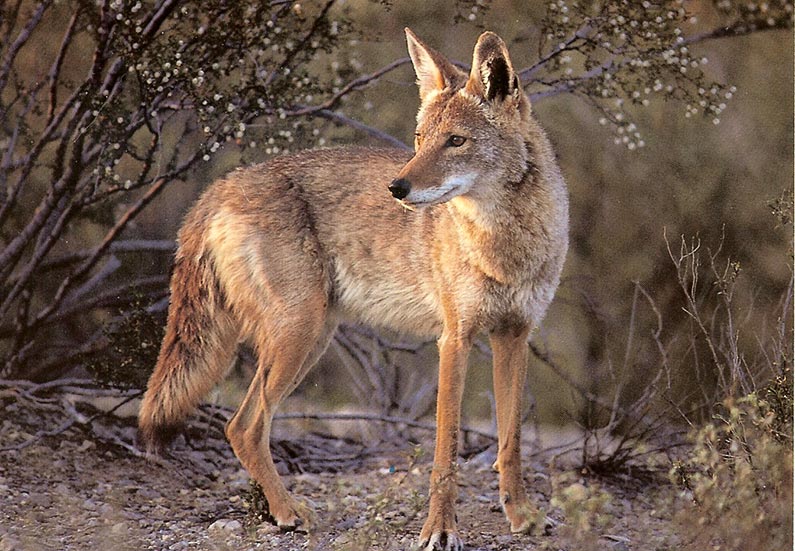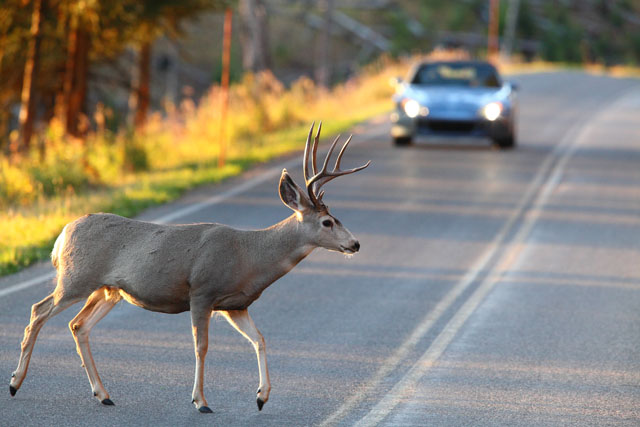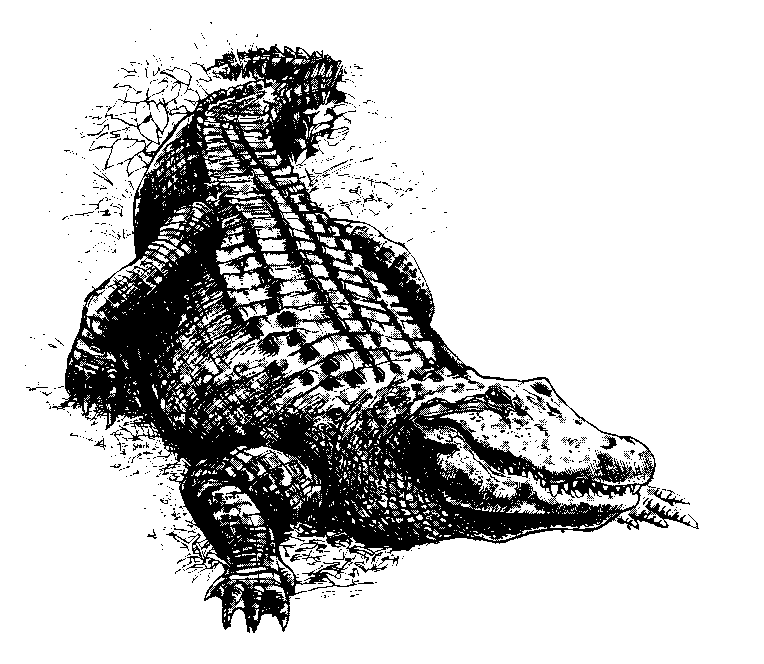
 Coyote. The word can bring a multitude of reactions – curiosity, respect, fear, suspicion – depending on your level of interaction with this animal.
Coyote. The word can bring a multitude of reactions – curiosity, respect, fear, suspicion – depending on your level of interaction with this animal.
A new multi-agency study, scheduled to begin in 2015, will help answer many coyote-related questions, including determining what types of resources, such as prey availability and hiding cover, are important to coyotes when establishing territories.
“We know that coyotes play a critical role in ecological communities,” says project coordinator Joseph Hinton, a University of Georgia post-doctoral researcher. “But, they are a relatively new predator to Georgia that rapidly colonized the state. Their populations vary from one area of the state to the next, so we want to study their movements over large areas to see where they eventually establish territories. Once we understand why coyotes are more successful in certain areas than others, we can provide better advice on coyote management efforts.”
Starting this month, trappers contracted by the University of Georgia will begin capturing and radio-collaring coyotes in Alabama, Georgia, and South Carolina. This process will be repeated in January-February for each year of the project and will include approximately 180 coyotes. The iridium satellite radio-collars will record locations of coyotes every four hours for up to two years.
In addition to the radio collaring, DNA samples will be taken from captured coyotes and sent for genetic analysis. This will allow researchers to compare how related coyotes in Georgia may be to coyotes in other states. Populations in other states that are closely related could be a continued source of immigrant coyotes into the state. This information may be of particular use for wildlife managers as they could potentially predict the benefit of coyote trapping efforts and help further manage those populations.
Agencies involved in this project include the University of Georgia, Princeton University, the Georgia Department of Natural Resources’ Wildlife Resources Division, South Carolina Department of Natural Resources and the Alabama Department of Conservation and Natural Resources.
Coyote hunting and trapping are legal and, in the event of harvesting a radio-collared coyote, radio-collars should be returned to a Georgia Department of Natural Resources’ Wildlife Resources Division office (office information at www.georgiawildlife.com/about/contact) or mailed to the Deer Research Laboratory at the University of Georgia (Warnell School of Forestry and Natural Resources, UGA, 180 E. Green Street, Athens, GA 30602). Returning radio-collars allows researchers to continue using them to meet study objectives.
For more information on the project, visit the Deer Research Laboratory at the University of Georgia webpage (http://www.ugadeerresearch.org/) or contact project coordinator Joseph Hinton (jhinton@uga.edu). For more information on coyotes in Georgia, visit www.georgiawildlife.com/nuisancewildlife.





Be the first to comment